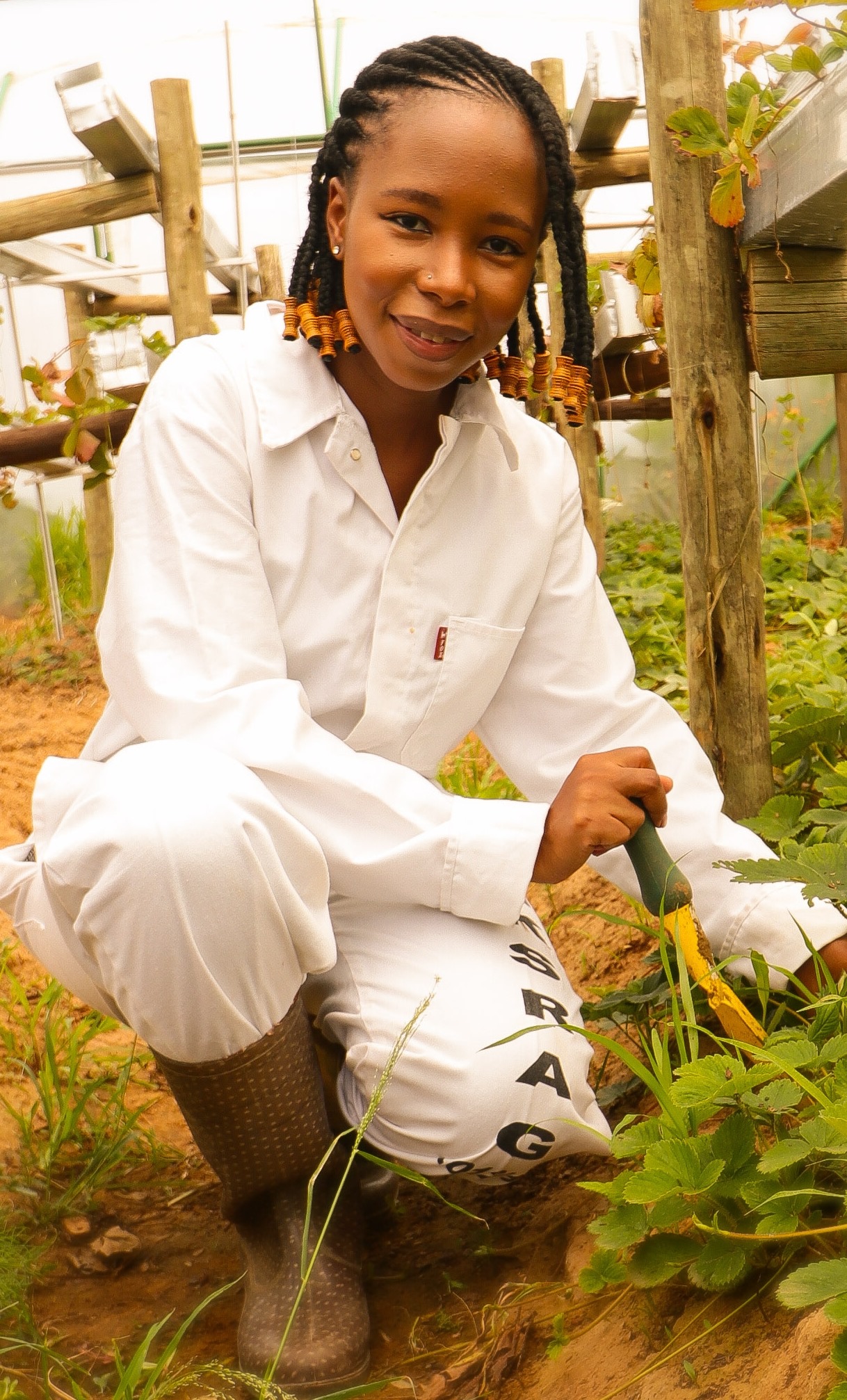Morai Johannes Moiloa at al (National University of Lesotho)
https://link.springer.com/article/10.1007/s11250-020-02329-z
Abstract
Small holder Angora goat farming is widespread throughout Lesotho, resulting in the country being ranked second in global mohair production. The Lesotho landscape across which Angora goats are produced is divided into lowlands, foothills, mountains, and the Senqu river valley agro-ecological zones (AEZs). Husbandry practices, including those related to the control of gastrointestinal parasites (GIPs), are assumed to be influenced by the AEZ-determined farmers’ lifestyles. This study assessed how the AEZ of the Angora goat farming communities influences farmers’ demographic and socio-economic profiles, GIP knowledge, and goat management practices. Interviews were conducted with farmers from Maseru and Quthing districts selected from four areas that represent the AEZs. Our findings indicate that middle-aged males dominate goat farming in all AEZs. Also, most farmers only reached primary education, hence rely on experience for goat production. Familiarity with parasites differed among farmers from different AEZs although most viewed the GIP impact on goat health as high. Many farmers from all AEZs except the lowlands believed that diarrhoea, a common GIP symptom, is associated with their goat mortality. GIP control measures used include anthelmintics and traditional herbal medicines with differing frequency of administration. More than 80% of farmers reported offering supplemental feeds although other recommended goat management practices like shelter and sanitation were not commonly observed. All farmers reported reliance on communal grazing and many considered rangelands as sources of GIP infections. It is concluded that most husbandry practices are common across AEZs and that many of these are inadequate in controlling GIPs.


